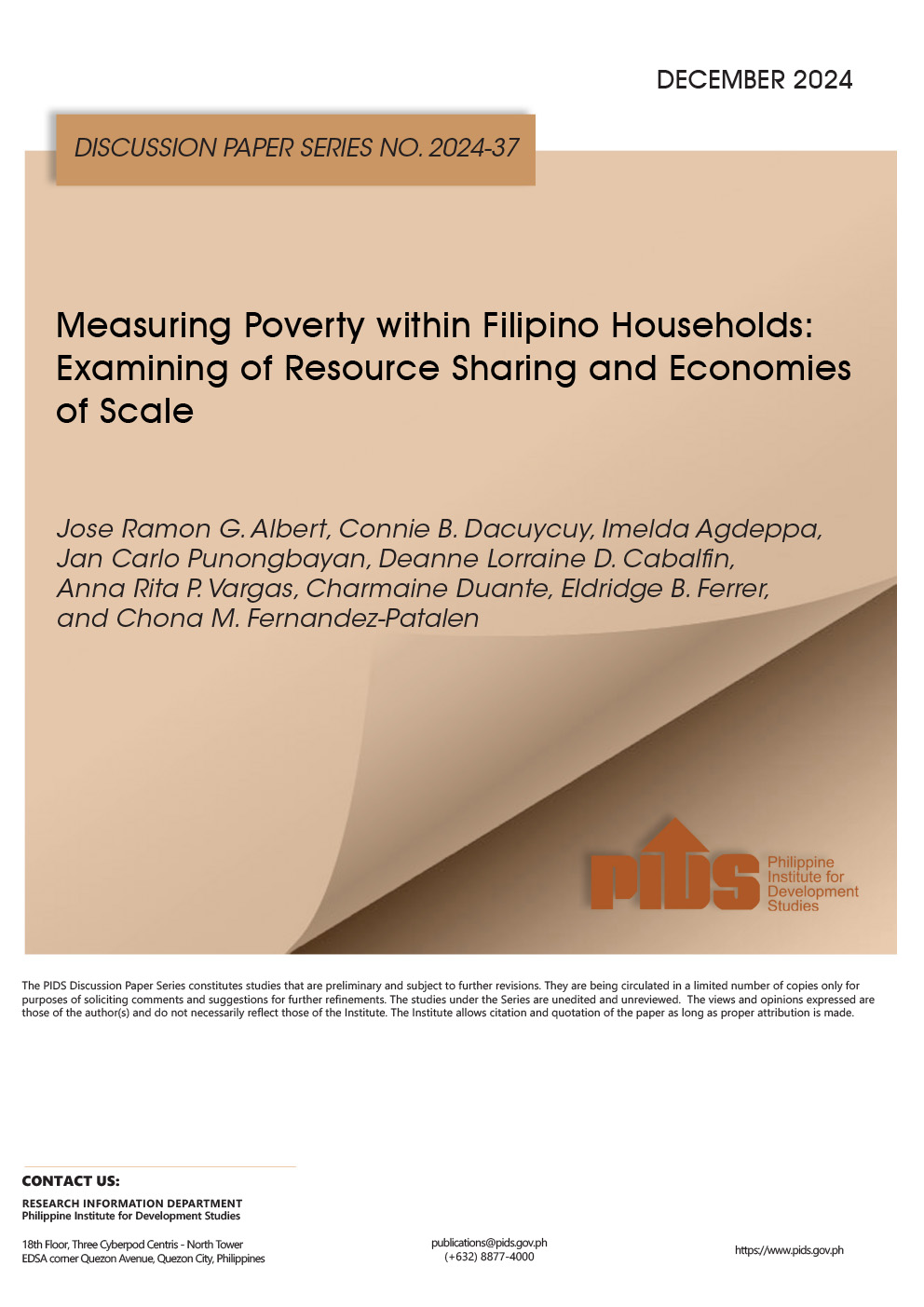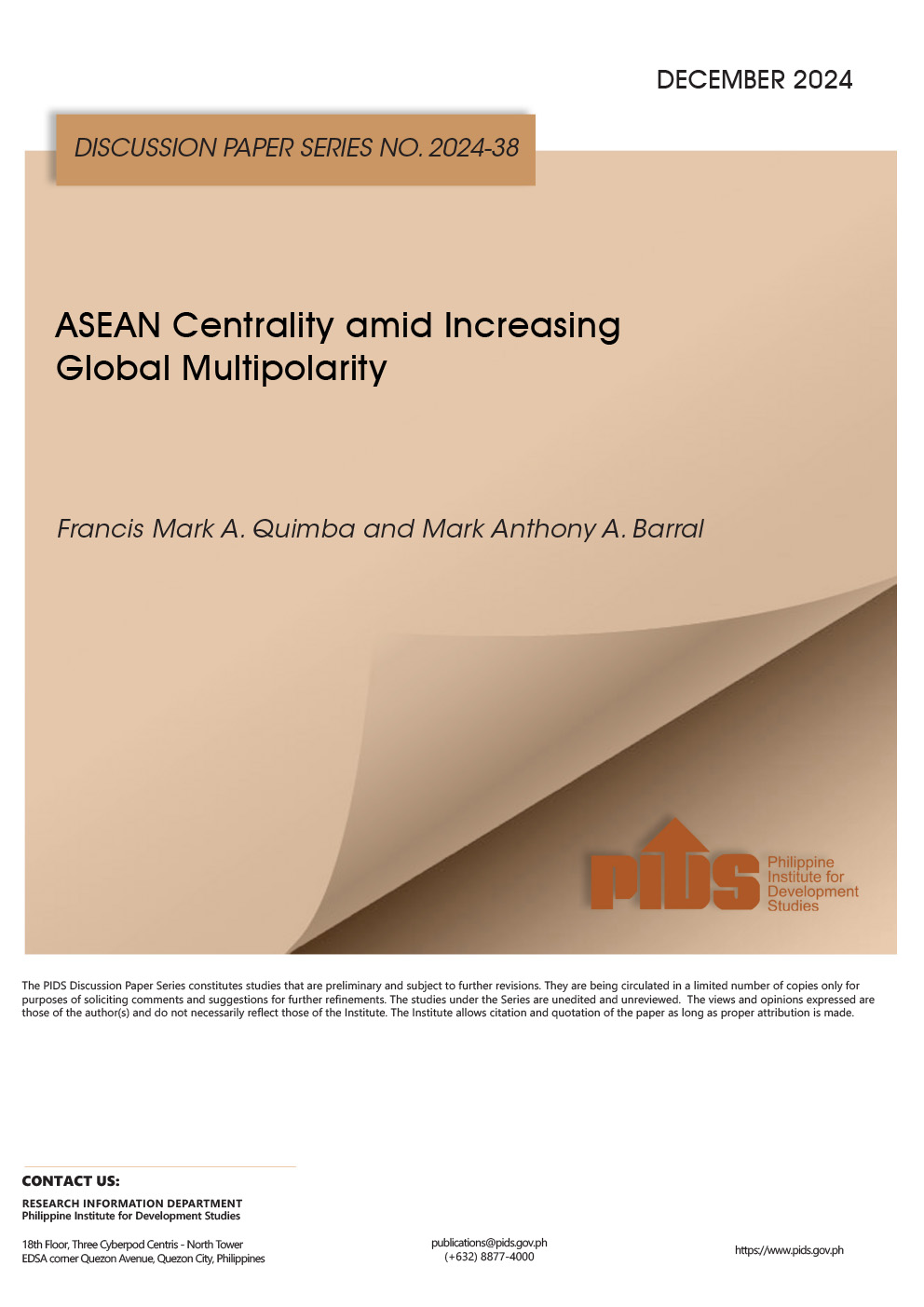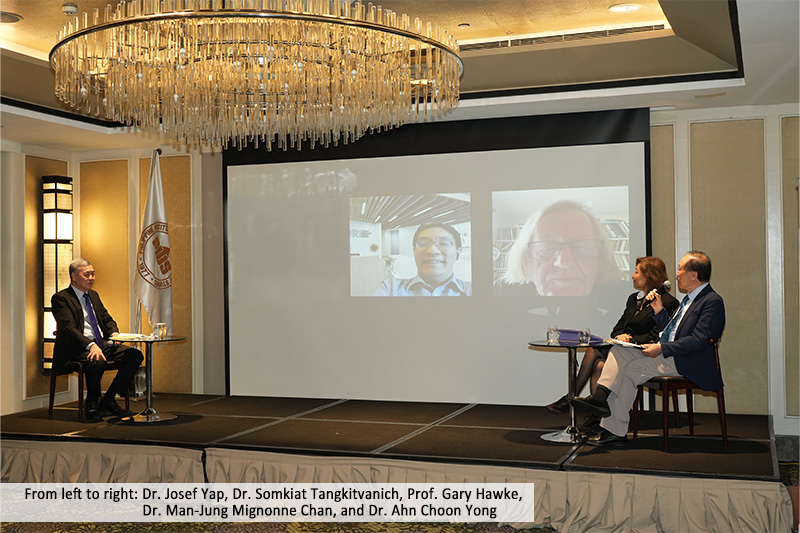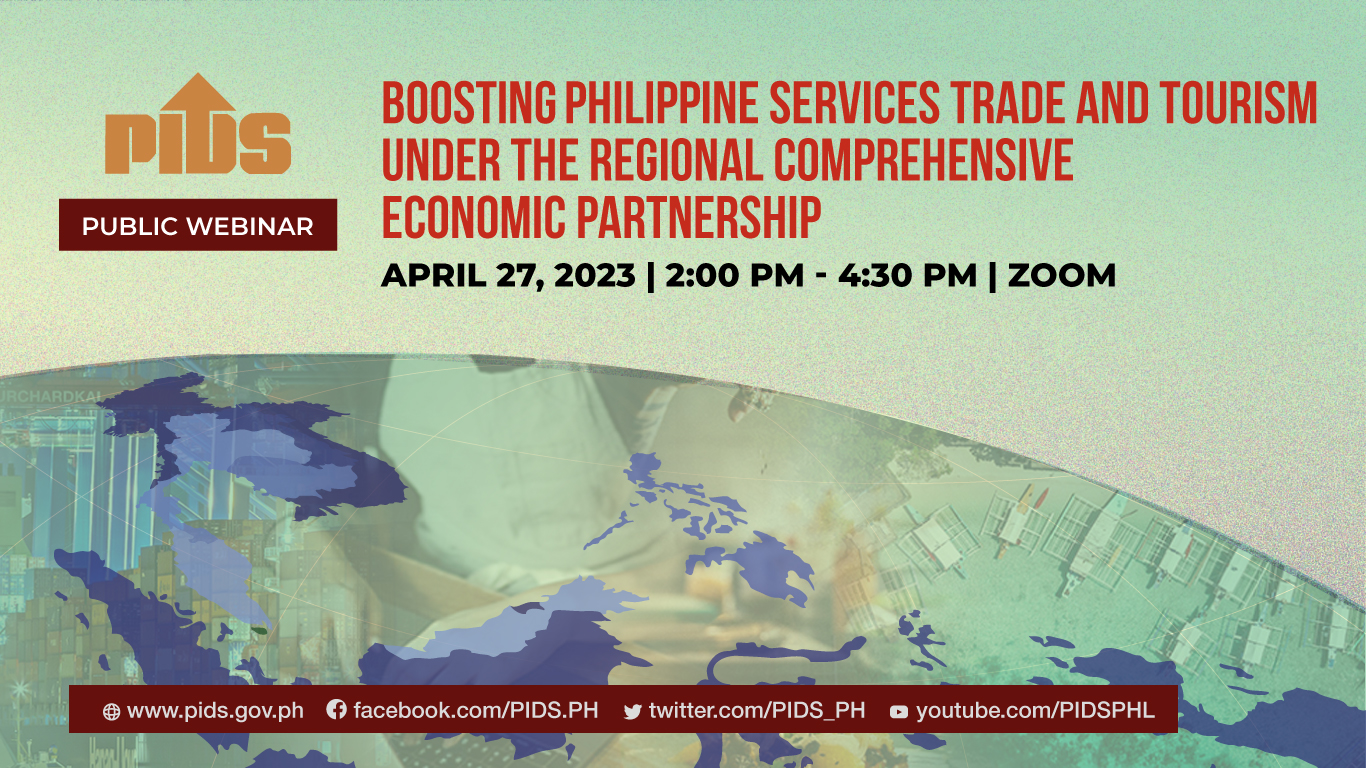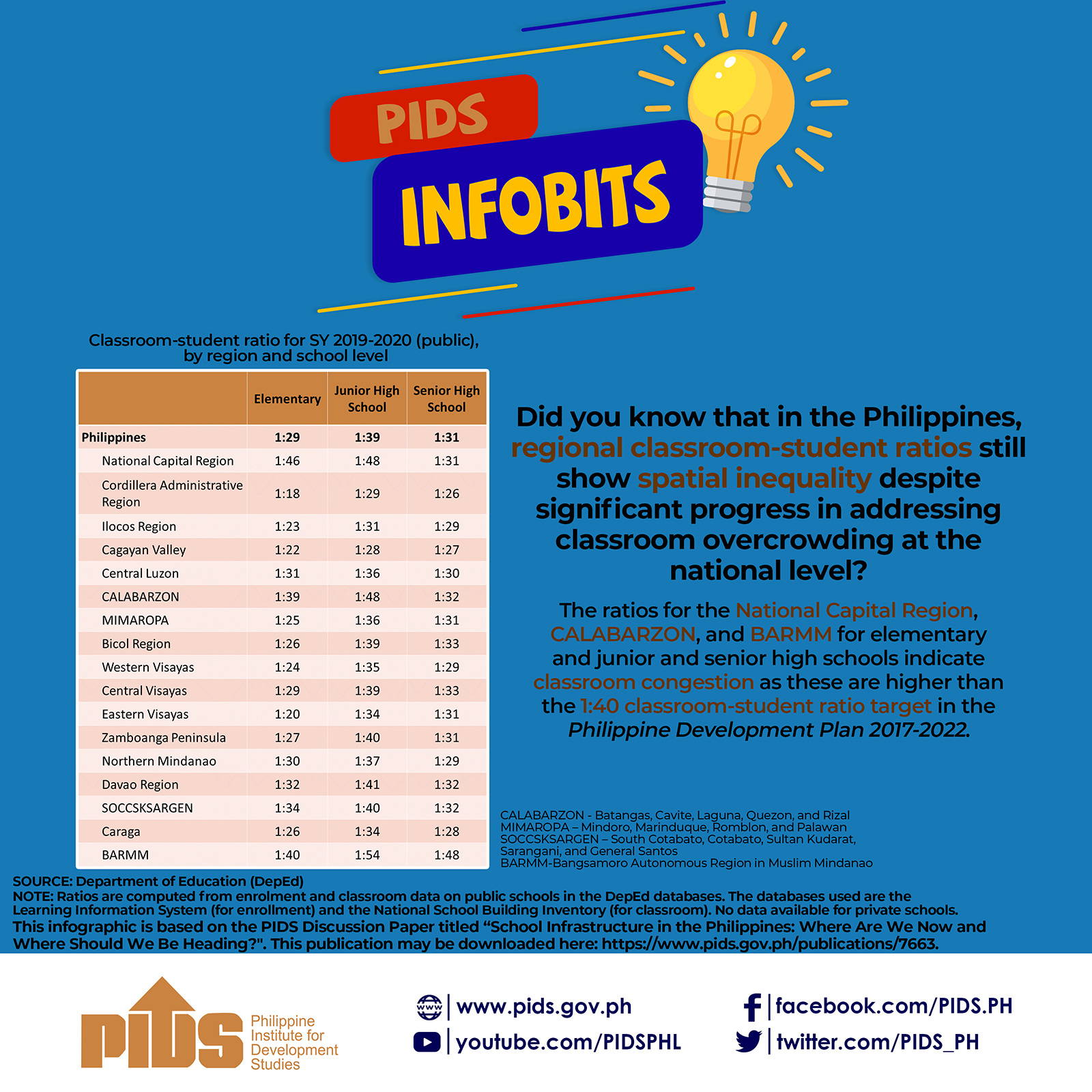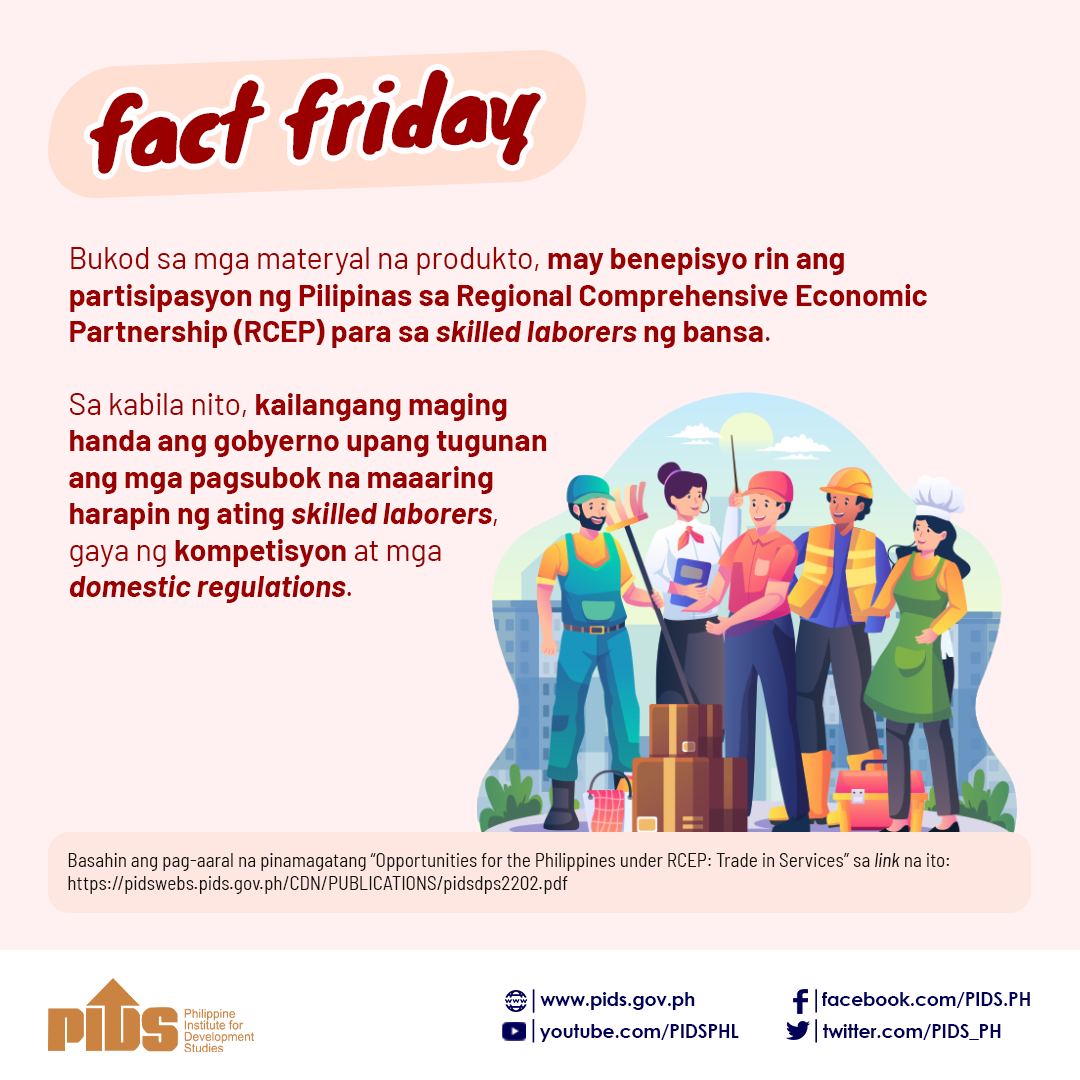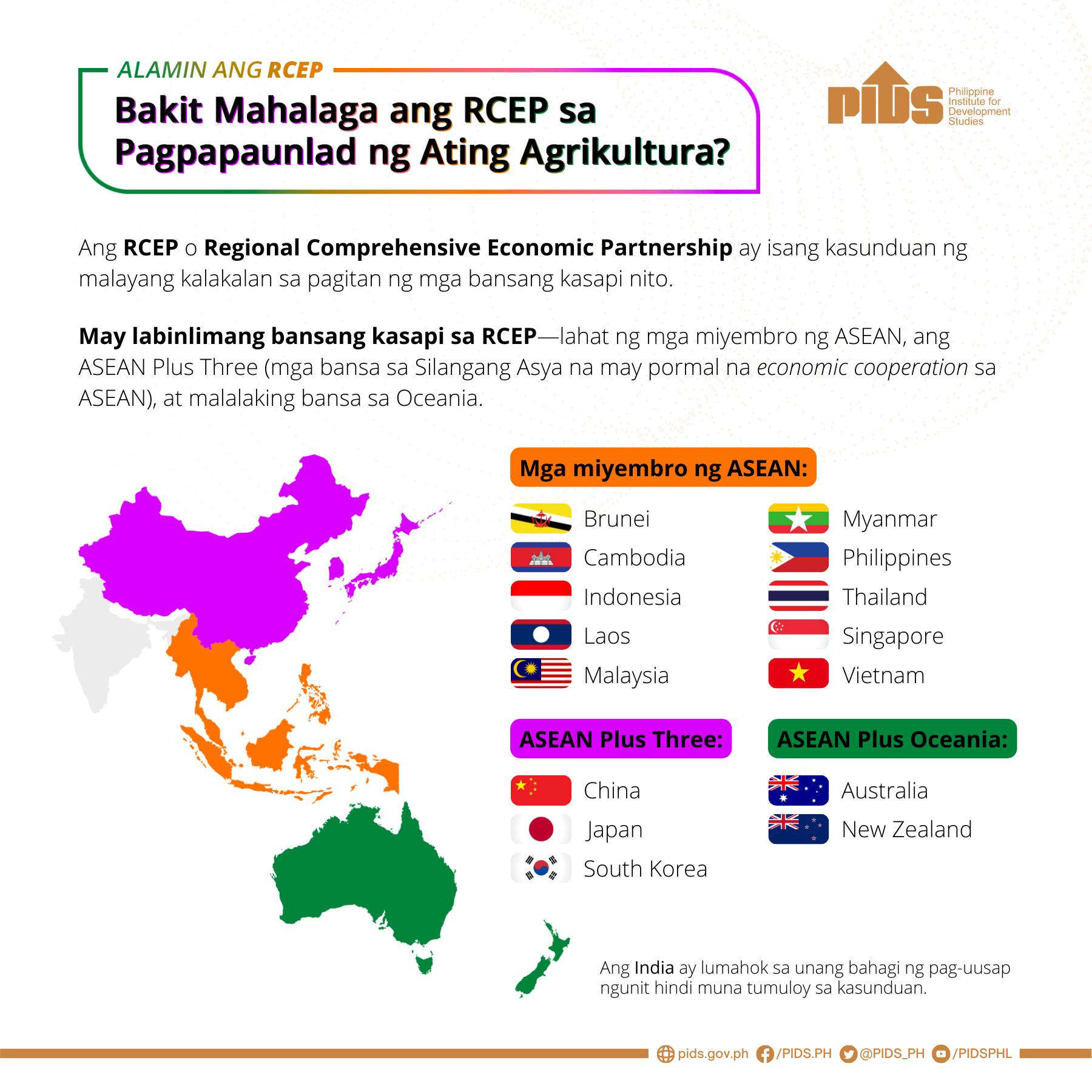A decade of stalemate with the World Trade Organization (WTO) have led member-countries including the Philippines to forge bilateral and regional free trade agreements (FTAs).
Even if the Philippines views as beneficial the WTO’s so called Doha Round affirmed last December in Bali, Indonesia, member countries actively pursue creation of more free trade zones. Some plans are stymied by similarity of products but the effort does not stop.
For instance, Trade Secretary Gregory Domingo cited the particular significance of the Bali package to Philippine agriculture and customs procedures.
As a developing country, the Philippines will be able to implement measures that would ensure food security without getting into a WTO dispute if free trade agreements are reached with other countries. FTAs give more room for flexibilities in compliance with customs streamlining procedures.
The rules-based approach of the WTO also instilled discipline and transparency in the global trading system, which benefited all members.
In an earlier interview, Trade Undersecretary Adrian Cristobal Jr. explained FTAs are actually neutral and that their benefits are in the industry’s vision and action. FTAs introduce competition, break down barriers and protective walls forcing industries to shape up, compete and survive.
"It is positive. The gains are significant both as a market for exports and as a source of investments,” Cristobal said.
A policy note released by PIDS said that JPEPA’s effects on the overall investment environment and capacity building need time to take root, and for the fuller and wider impact of the agreement to manifest.
The PIDS said early studies on the JPEPA conducted around the time of the bilateral negotiations had concluded that the agreement’s short-run impact on the gross domestic product (GDP) would be small but the dynamic benefits could be very significant.
"The more substantial, positive impact was expected to come from an improved investment environment including clearer rules for engagement, increased transparency, and enhanced cooperation,” the PIDS said.
Generally low tariffs were already in effect in the Philippines before the signing of the JPEPA but in terms of tariff reduction on the part of Japan vis-Ã -vis its bilateral partners, the Philippines was able to obtain the most tariff concessions among six other Asean countries, namely, Singapore, Malaysia, Thailand, Indonesia, Brunei and Vietnam.
"On the whole the increase in export volume is remarkable. There are evidences to show immediate and very significant increase in exports; we have some indication that prospects for investments from Japan are positive and rising in the near future,” the PIDS policy note said.

